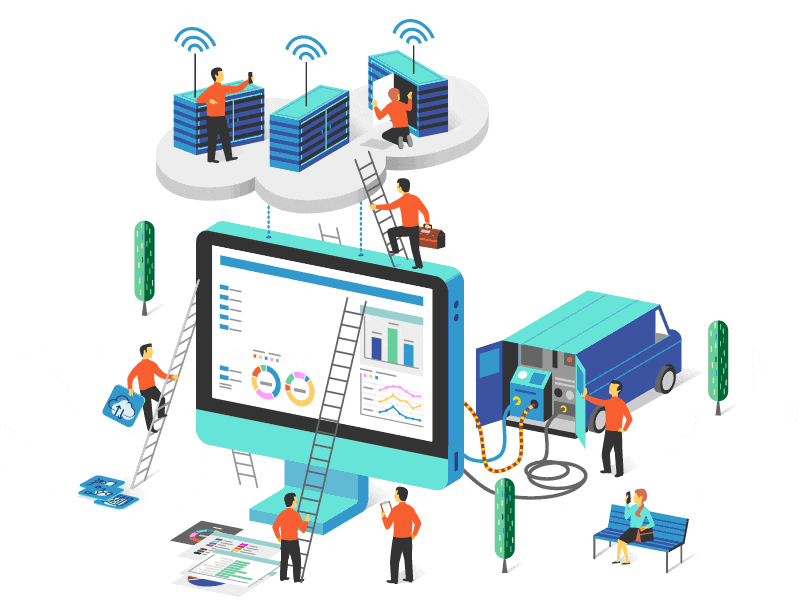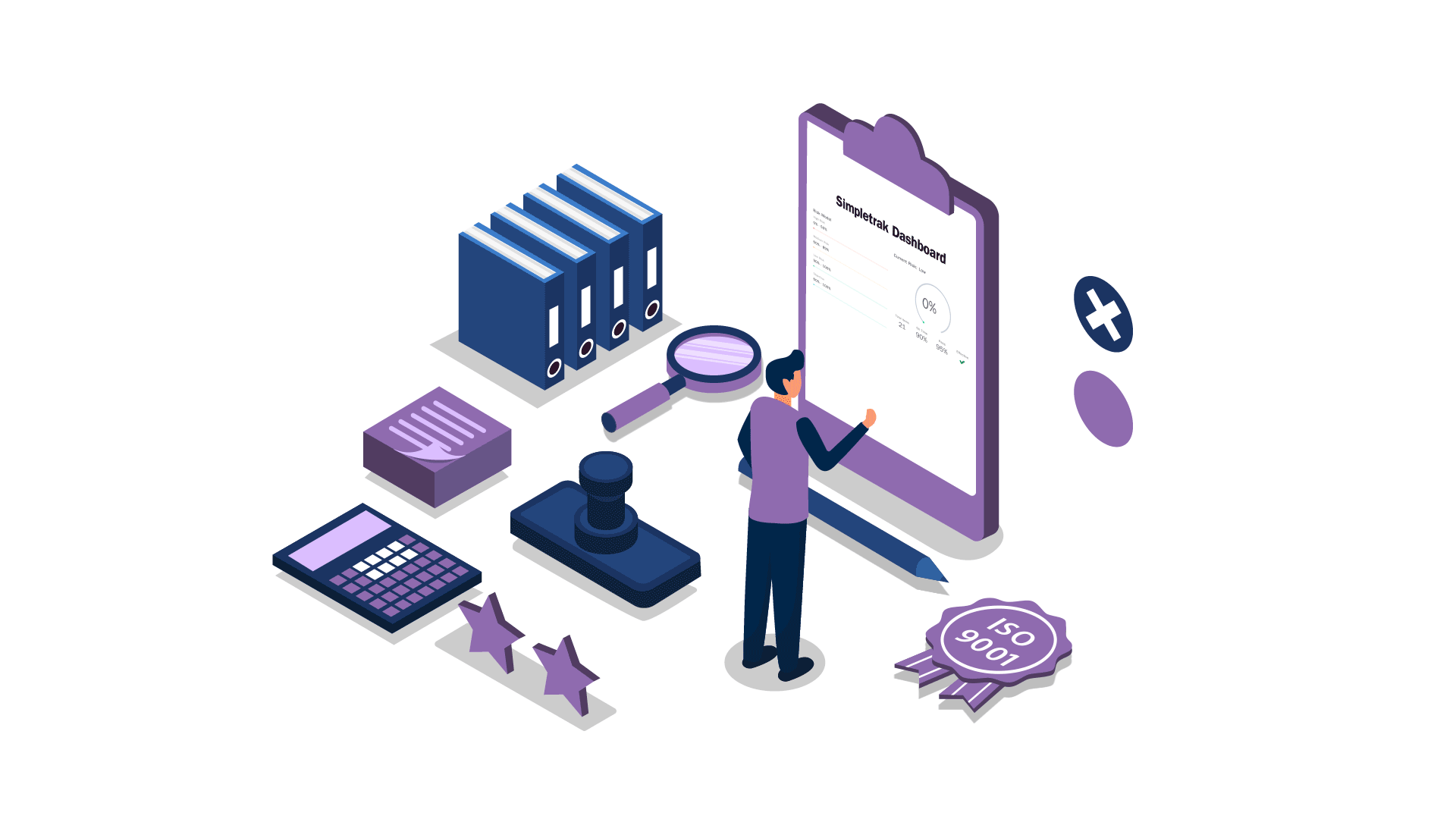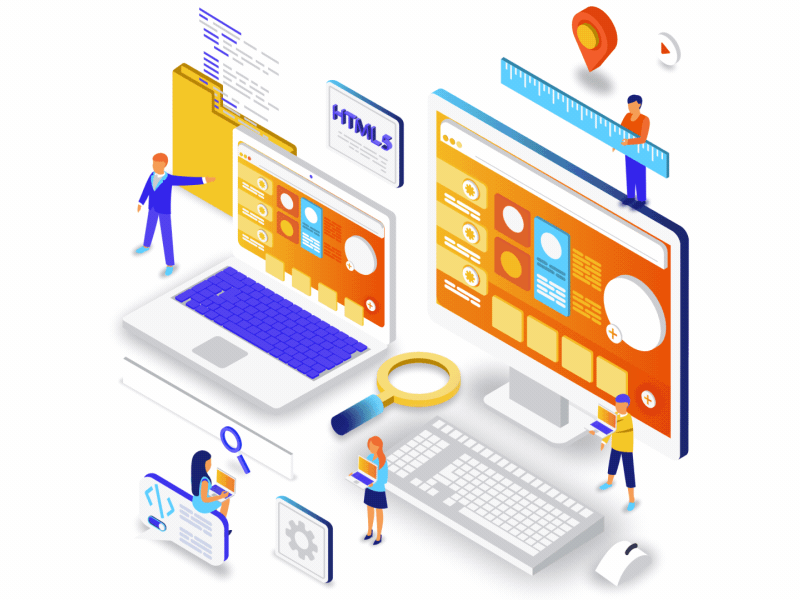Our Processes can be summarized as Acquisition, Fulfilment and support
OUR PROCESS
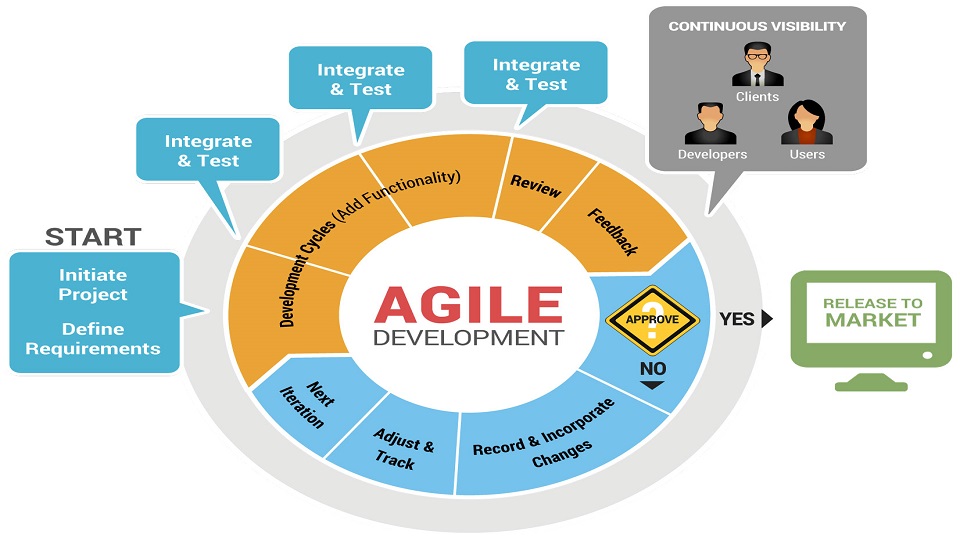
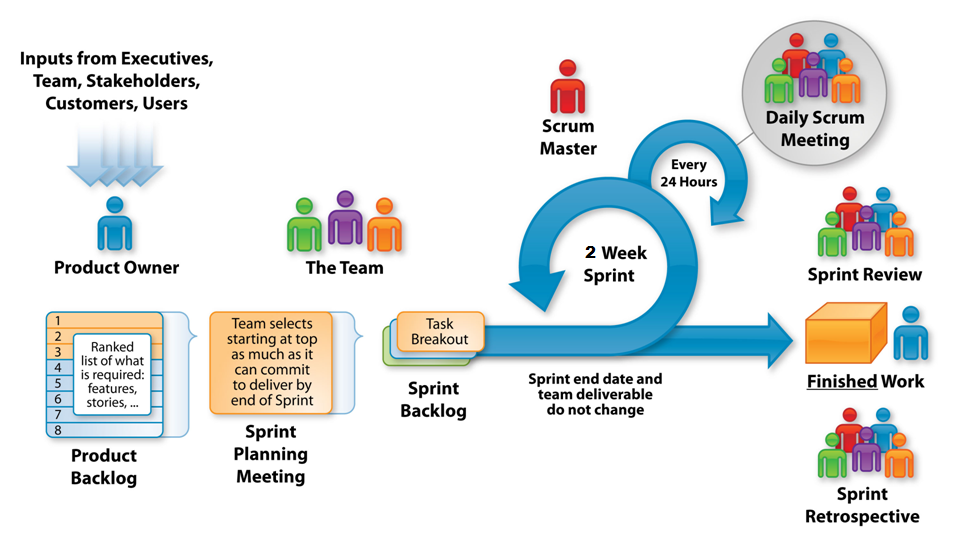
SOFTWARE DEVELOPMENT METHODOLOGY
Clients are made integral part of our team while executing the projects. This makes the audacious task of the software development and execution much simpler and easier, in tune with the client’s expectation. At I-Link, based on the situation and need of the project, we follow one of the following software development methodologies.
Agile Software Development
Extreme Programming
Agile Software Development
Agile software development is a set of principles for software development in which requirements and solutions evolve through collaboration between self-organizing, cross-functional teams. It promotes adaptive planning, evolutionary development, early delivery, and continuous improvement, and it encourages rapid and flexible response to change. Agile itself has never defined any specific methods to achieve this, but many have grown up as a result and have been recognized as being ‘Agile’.
Agile Principles
The Agile Manifesto is based on twelve principles:
Customer satisfaction by early and continuous delivery of valuable software
Welcome changing requirements, even in late development
Close, daily cooperation between business people and developers
Working software is delivered frequently (weeks rather than months)
Projects are built around motivated individuals, who should be trusted
Face-to-face conversation is the best form of communication (co-location)
Working software is the principal measure of progresss
Sustainable development, able to maintain a constant pace
Continuous attention to technical excellence and good design
Simplicity—the art of maximizing the amount of work not done—is essential
Best architectures, requirements, and designs emerge from self-organizing teams
Regularly, the team reflects on how to become more effective, and adjusts accordingly
Home grounds of different development methods
| Agile methods | Plan-driven methods | Formal methods |
|---|---|---|
| Low criticality | High criticality | Extreme criticality |
| Senior developers | Junior developers (?) | Senior developers |
| Requirements change often | Requirements do not change often | Limited requirements, limited features see |
| Small number of developers | Large number of developers | Requirements that can be modeled |
| Culture that responds to change | Culture that demands order | Extreme quality |
Scurm Software Development
Scrum is an iterative and incremental agile software development framework for managing product development. It defines “a flexible, holistic product development strategy where a development team works as a unit to reach a common goal”, challenges assumptions of the “traditional, sequential approach” to product development, and enables teams to self-organize by encouraging physical co-location or close online collaboration of all team members, as well as daily face-to-face communication among all team members and disciplines in the project. A key principle of scrum is its recognition that during production processes, the customers can change their minds about what they want and need (often called requirements volatility), and that unpredicted challenges cannot be easily addressed in a traditional predictive or planned manner. As such, scrum adopts an empirical approach—accepting that the problem cannot be fully understood or defined, focusing instead on maximizing the team’s ability to deliver quickly, to respond to emerging requirements and to adapt to evolving technologies and changes in market conditions.
Roles
Compared to traditional software engineering, agile software development mainly targets complex systems and projects with dynamic, non-deterministic and non-linear characteristics, where accurate estimates, stable plans, and predictions are often hard to get in early stages—and big up-front designs and arrangements would probably cause a lot of waste, i.e., are not economically sound. These basic arguments and previous industry experiences, learned from years of successes and failures, have helped shape agile development’s favor of adaptive, iterative and evolutionary development.
Product Owner
The product owner represents the stakeholders and is the voice of the customer, who is accountable for ensuring that the team delivers value to the business. The product owner writes customer-centric items (typically user stories), ranks and prioritizes them, and adds them to the product backlog.
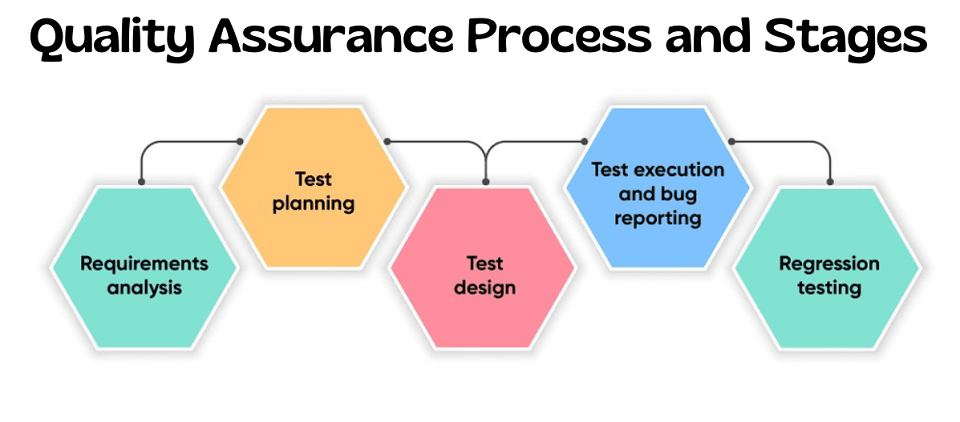
QULAITY ASSURANCE PROCESS
Quality assurance (QA) in software development is a systematic process that ensures the quality and reliability of software products. It involves a set of activities and methodologies aimed at identifying and fixing defects and ensuring that the software meets its requirements and standards. Here's an overview of the quality assurance process:
1. Requirements Analysis
Begin by understanding the project requirements, objectives, and specifications. Ensure that all stakeholders have a clear understanding of what the software should do.
2. Test Planning
Create a test plan that outlines the scope of testing, objectives, resources, timelines, and testing methodologies to be used. This plan serves as a roadmap for the QA process.
3. Test Design
Design test cases and test scenarios based on the requirements and the test plan. These test cases describe the steps to be executed and the expected outcomes.
4. Test Environment Setup
Set up the necessary hardware and software environments to conduct testing. This includes configuring test servers, databases, and any specific tools or technologies required for testing.
5. Test Execution
Execute the test cases as per the test plan. This involves running the software with different inputs, configurations, and scenarios to identify defects and ensure it functions as expected.
6. Defect Management
Prioritize and manage defects based on their severity and impact on the software. The development team fixes the defects, and QA verifies the fixes.
7. Test Reporting
Begin by understanding the project requirements, objectives, and specifications. Ensure that all stakeholders have a clear understanding of what the software should do.
8. Release and Deployment
Once the software passes all testing phases and meets the acceptance criteria, it is ready for release and deployment to the production environment.
9. Post-Release Monitoring
After deployment, monitor the software in the production environment to detect and address any issues that may arise in real-world usage.
10. Process Improvement
Continuously evaluate and improve the QA process by learning from each release and making necessary adjustments to enhance the quality of future software projects.

DELIVERY MODELS
UFours is established primarily to carry out the offshore software development projects and registered as a 100% Software export unit. UFours has successfully
delivered medium and large size projects on time and under budget using the Offshore Delivery Model with the help of Managerial and Technical skill sets. With
an experience of over 5+ years now, UFours has adapted to various changes to understand the cross culture needs of the region specific customers.
UFours’s delivery models are designed to suit varying comfort levels and scenarios of the client’s needs.
Offshore Development Model
Offsite – Onsite Development Model
Consulting


